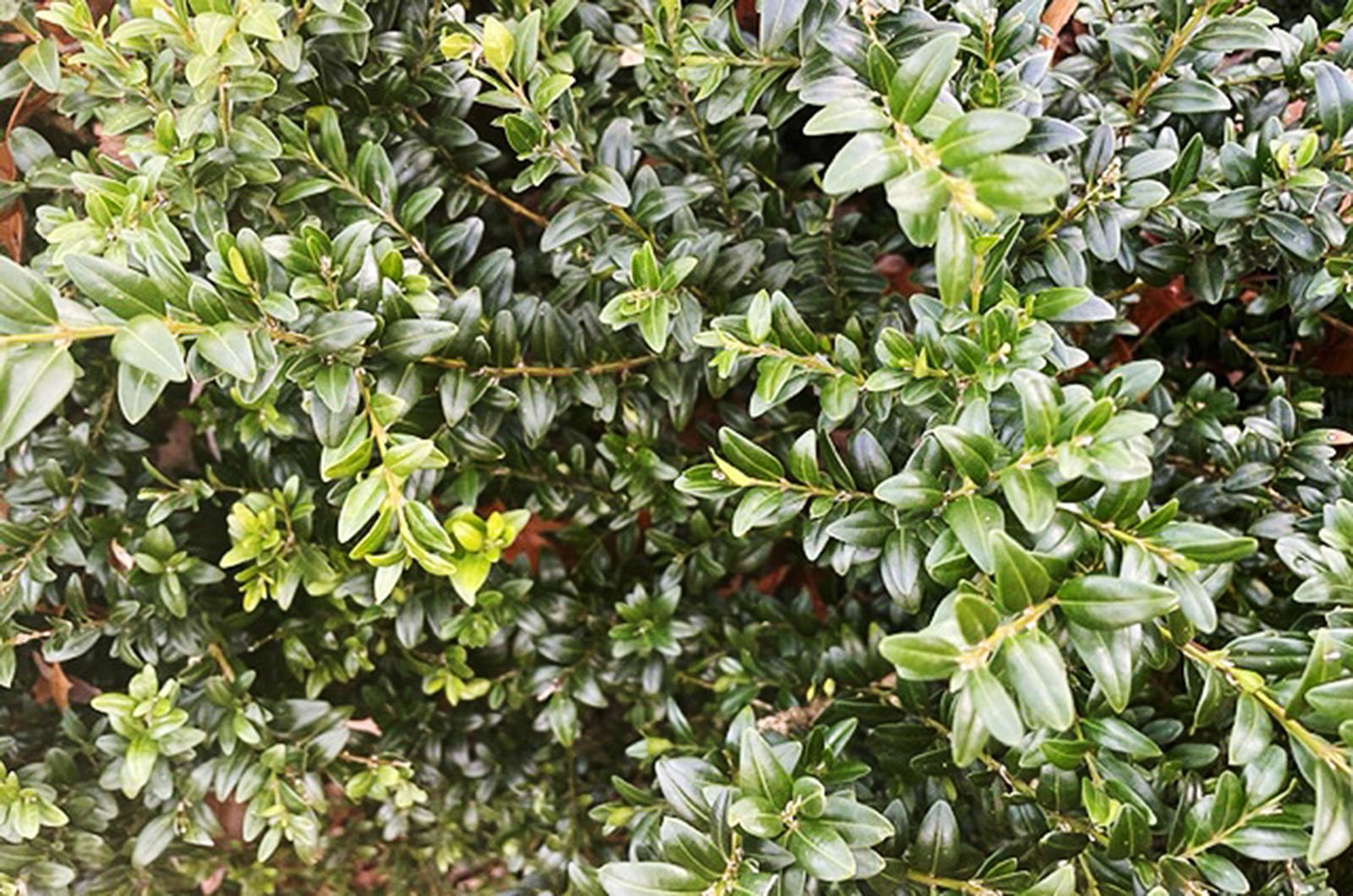Check all of the boxes.
A new Massachusetts pest that targets boxwoods has been found on Cape Cod. The box tree moth, Cydalima perspectalis, hails from Asia and has been working its way across the world rather quickly.
First detected in Europe in 2007, this frequent flyer quickly spread continent-wide and crossed the ocean to alight in Canada in 2018. Only a few years later, in 2021, box tree moths were detected in the U.S., in New York state, and have since been documented in Ohio, Michigan, Delaware, Pennsylvania and now our Commonwealth. At that time, there were no tariffs to levy on this Canadian import.
This unwanted guest was found in Massachusetts in 2023 when it was observed in Bourne and Sandwich, and the next year, 2024, in Plymouth and Yarmouth. To date, box tree moths have not been observed on the Island, but it may just be a matter of time.
This medium-sized moth is a well-documented wanderer. It can travel naturally or be assisted. Box tree moths have been recorded flying as far as 20 miles, though their natural expansion is more often three to six miles per year. However, through the nursery trade and our tendency to buy plants and transport them to be planted, these beasts can be unintentionally spread quickly and to far-flung locales.
Boxwoods, the host for this moth, are in the genus Buxus and are not a tree native to continental North America. They are, however, a very popular ornamental plant that dominates sales of broadleaf evergreens with an approximately 15 per cent market share in the United States.
The box tree moth has a life cycle that includes eggs, caterpillar, pupa and adult, all of which spend their lives on boxwood plants. Pale yellow egg clusters are laid on the underside of boxwood leaves. These eggs hatch into yellowish green caterpillars with a black head and long black stripes and spots along their bodies. These caterpillars defoliate the leaves and will also consume the bark, eventually causing the shrub’s demise, though death may take a few seasons.
Box tree caterpillars make a papery brown pupal case in the foliage and emerge as white winged moths that have a brown border with a small white crescent. As many as 10 per cent of these insects can be all brown, but do have that white crescent. The caterpillars start in the spring and, along with the eventual moths, are active through the fall when temperatures are over 46 degrees or so. These insects overwinter as larvae and will return again when the weather warms.
Luckily these moths are specialists and, generally, don’t consume other plant species. In order to combat their spread and success, Massachusetts and other states have instituted a quarantine to limit this moth’s expansion.
The regulations set conditions for boxwood plant management, including inspection and treatment by trained nursery staff and notification if this pest is found. Any exports of boxwood, including whole shrubs, clippings or any parts of the plant alive or dead (except roping, wreaths and decorative items), must include authorization by the Massachusetts Department of Agriculture. And since detection of this insect is ongoing, be careful about bringing in boxwoods from other areas.
The discovery of this pest may not open Pandora’s Box for our native species, but as contemporary American fantasy and science fiction writer Maria Snyder observed: “Don’t knock the power of a pest. Persistence and stubbornness can be useful in many situations.”
My best advice is to plant native and never underestimate the strength of a determined newcomer.
Suzan Bellincampi is director of the Felix Neck Wildlife Sanctuary in Edgartown, and author of Martha’s Vineyard: A Field Guide to Island Nature and The Nature of Martha’s Vineyard.







Comments
Comment policy »